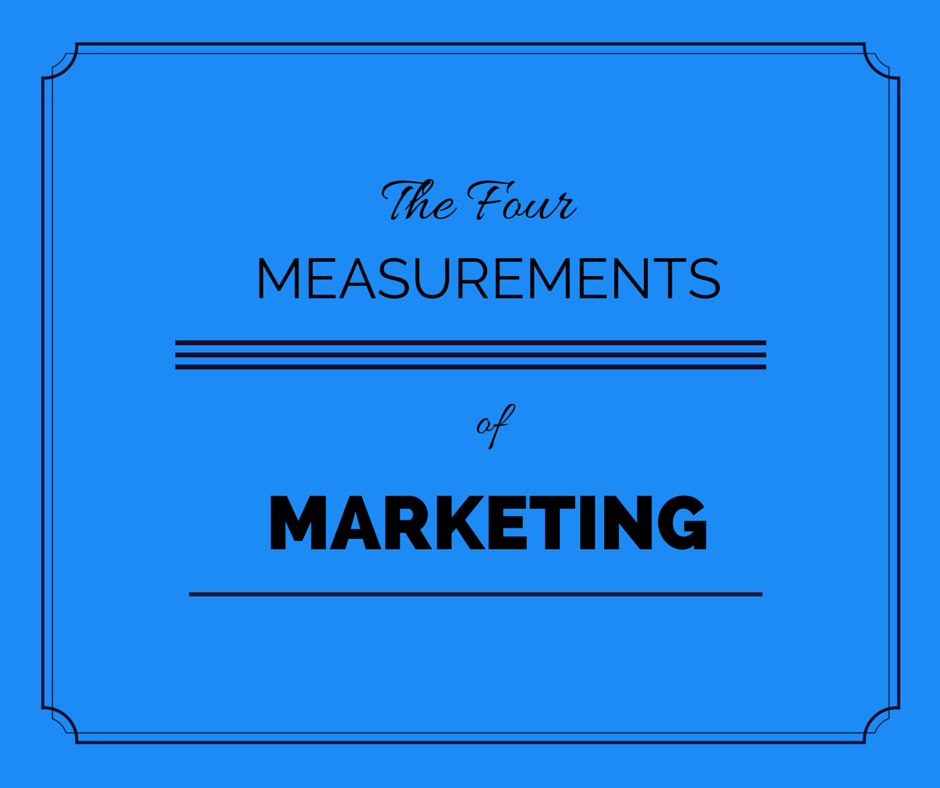Here are My Technology Boundaries for 2020
/In a recent blog post I introduced the idea of creating a personal Technology Manifesto for 2020.
Backstory: I want to decide in advance how I’m going to utilize digital media and technology. I know I struggle with picking up my phone too much, scrolling through social media in excess, and generally letting technology be a distraction from the real world around me. So in an effort to continue to make my relationship with technology healthier, I have drafted my 2020 Technology Manifesto.
Today I’m sharing how I filled out the Technology Manifesto Worksheet and what I am committing to for 2020.
My Relationship with Technology in 2020
My use of my phone will be strategic, measured, and thoughtful. I mentioned in this post that my word for the year is “strategic.” I want to maximize the tool that is my smartphone for helping me be productive, invest in relationships, and help others. But I don’t want to veer into territory that is not strategic. I don’t want to have addictive behavior. I want to be mindful of how and when and why I use my devices.
I am going to take a break from social media for the month of July. I did this last year and it was the happiest month of 2019 for me. I love the experience of powering down in the summer and focusing more on my analog, IRL experiences. I think it is a great summer ritual that I want to continue.
I will spend time without my phone entirely on a daily basis. I will plug it in, in my bedroom after putting Eloise to bed. Having it within arms length 24 hours per day is not healthy for me. This is by far the most challenging commitment in my manifesto. But I know that after 7 PM use of my phone has low ROI. This is a healthy practice that will likely be difficult for a while in the beginning but hopefully soon it will become another nice healthy habit. No phone pickups after 7!! (This should really help with the next item on my manifesto.)
An action I will take to increase my enjoyment of technology is to make a game out of lowering my average number of weekly pickups. Right now it is at an average of 7 pickups per waking hour. WHAT THE… That number is shockingly insane to me. (If you have an iPhone you can check your number of pickups by going to Settings>Screen Time>See All Activity.) I want to lower this over the course of 2020 to an average of 1.25 pickups per hour for a total of only 20 pickups her day. This seems like a realistic amount. There’s never more than 20 time sensitive reasons to pick up my phone in a day. Usually it’s under five...
So there ya have it. I fleshed out my purpose and rationale for my approach to my handheld devices this year. And then I made commitments to not having free rein with my technology. Measured. Thoughtful. Strategic. That’s what I want. I want to know where my time is going. Where my energy is going. Where my focus is going. I want my daughter to rarely see me on my phone (not the other way around.) And this public commitment to healthier technology habits is a great step in reaching out for accountability to reach that goal.
So tell me. What do you want to do differently in your relationship with technology this year? Do you want to check your email less? Be more intentional about the hours you spend on YouTube? What about your Instagram habit? I would love to know what you are going to do to increase your happiness with technology in 2020.


